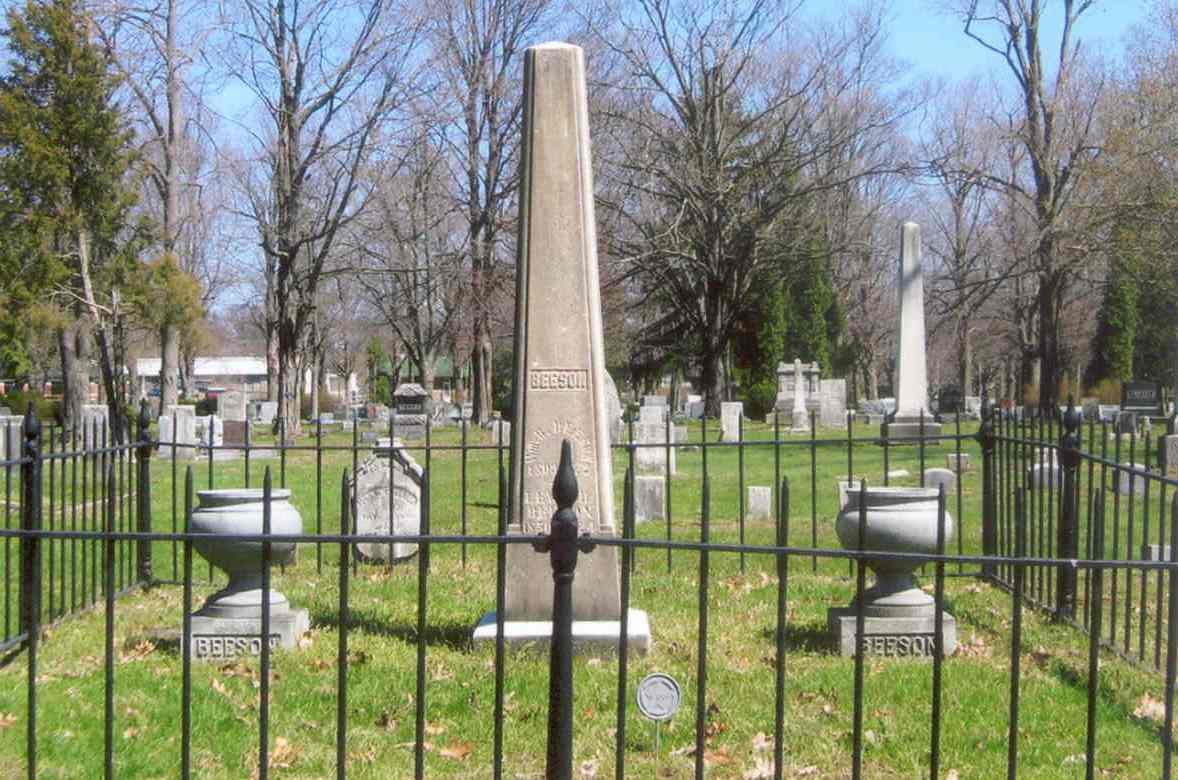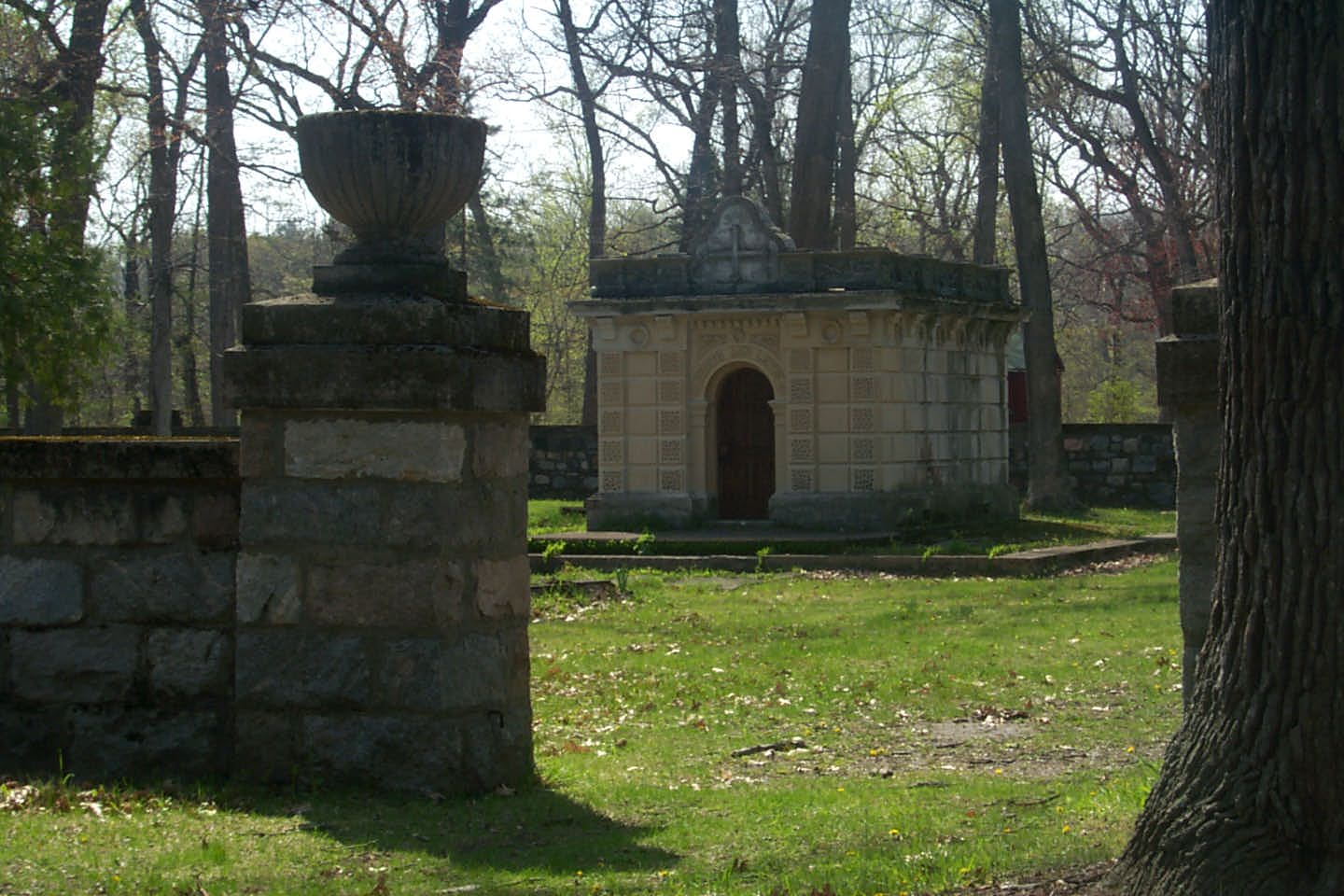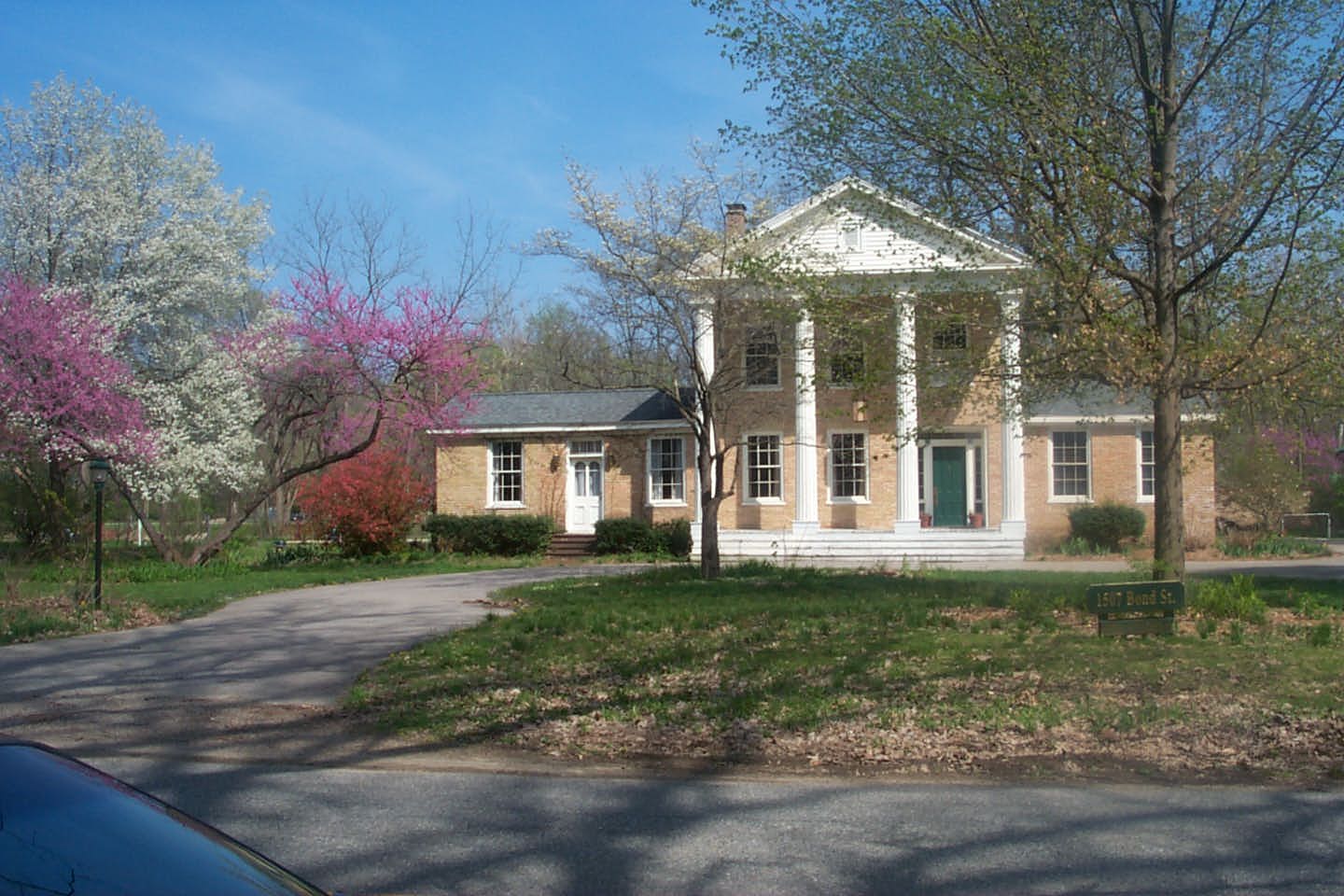Fallen soldiers speak
Niles Daily Star, Published 7:49am Saturday, May 26, 2007
By By KATHIE HEMPEL / Niles Daily Star
NILES – Memorial Day itself was established in 1868, just as the Civil War concluded. The day meant to honor the fallen soldiers of that war, has grown to be a solemn recognition of all our nation's war dead.
Memorial Day is a time the dead speak through the memories of those left behind to tell the stories of their lives. In recent weeks, the Niles Daily Star has been running a column called "Silverbrook Legacies."
"Fourscore and seven years ago our fathers brought forth on this continent a new nation, conceived in liberty and dedicated to the proposition that all men are created equal."
The beginning lines of Lincoln's Gettysburg address are some of the most famous ever penned. The speech was delivered at the dedication of the Soldiers' National Cemetery in Gettysburg, Pennsylvania, on Nov. 19, 1863, during the American Civil War.
Following the surrender of Fort Sumpter in April of 1861, Lincoln issued a proclamation calling for 75,000 volunteers for three months. Volunteers from Company E of the 12th Michigan Infantry were formed in Niles. This was the first united group organized in Berrien County to respond.
"When we are out at the cemetery working on the stones, people have been coming up to us and asking where the featured gravesites are. It has shown just how interested Niles is in its local history and the lives of those who are buried here," Candace Skalla, president of the Friends of Silverbrook Cemetery, said.
It seemed fitting therefore, that this week featured some of the stories of those from Niles who served in our nation's military. In October, 1861, the 12th Infantry was organized in Berrien County and remained at its rendezvous at Niles' camp of instruction until March of 1862.
This raw regiment then left for St. Louis with a full regimental enrollment of 1,000 officers and men, according to the research done by Skalla. Within 21 days of being entered into service the regiment was sent forward into a battlefield at Pittsburg Landing.
Forty men were killed and eight were woounded. Known as the battle of Shiloh, it was the first gigantic battle of the Civil War.
The 12th Infantry is also credited with playing a prominent part in the final charge of the Union troops, which drove the Confederates from that field of battle in the second day of the encounter.
There are three soldiers, who served in the Civil War buried here, the Friends of Silverbrook Cemetery want to honor this Memorial Day.
Captain Robert Brethschneider, an Austrian immigrant, had some military training in his native county of Austria. He was elected leader of the newly formed Niles unit and a full company was recruited from this area.
He was commissioned on May 25, 1892. Captain Brethschneider (whose gravestone is pictured) and his wife Martha E. Schulte resided at E. S. Fifth near North City Limits according to the OPO City Directory. He's listed as an emigrant agent and notary public. He is buried in City Section 25,25 and 2. He lived from 1849-1913.
Dr. Oliver P. Horn, a native of Virginia, served in the Confederate army, probably as a physician. He came to Niles after the close of the wars.
He was a well-known physician, served as city treasure and city physician for a number of years. He is buried in lot 35,25,3 and lived from 1829 to 1895.
Our last featured Civil War veteran is Henry A. Morrow, who was part of the 24th Michigan Infantry, which was raised almost wholly in the county of Wayne and rendezvoused at Detroit. General Morrow was selected as a Colonel of this regiment.
No members from Berrien County joined this regiment until the summer of 1864, when almost seventy local recruits became part of its rank and file.
They eventually gained fame, as part of the famous "Iron Brigade," comprised of troops from Michigan, Wisconsin and Indiana.
General Meredith, who commanded the Iron Brigade during the battle of Gettysburg in a dispatch to Colonel Morrow shortly after the battle said: "No troops ever fought with more bravery than those of the 24th Michigan on that occasion."
After the close of the war, Morrow made his home in Niles, even though he was unable to be here often.
He died in service of the government and was buried at Silverbrook Cemetery.
He was married to Belle Graves, daughter of Major William Graves, a prominent pioneer in Berrien County. Morrow was described as an able officer, genial and courteous man, admired by all who knew him and a brilliant conversationalist.
These were some of the earliest soldiers, buried in Silverbrook, who served in the war for which Memorial Day was created.



 After a short absence, where he went to California in 1849, he returned to Niles in 1853 to purchase the stock of Bacon Wheeler and according to the book “History of Berrien County” continued in mercantile business until after his death in 1872.
After a short absence, where he went to California in 1849, he returned to Niles in 1853 to purchase the stock of Bacon Wheeler and according to the book “History of Berrien County” continued in mercantile business until after his death in 1872.